In the field of medical consumable manufacturing, high-efficiency lightweight injection molding technology is playing an increasingly important role. Previously, we briefly discussed nine key points of high-efficiency lightweight injection molding for medical consumables. This article will further focus on three core elements: material selection, design optimization, and injection molding process, and deeply explain their key significance for achieving lightweight medical consumables.
Material Selection: The Cornerstone of Lightweighting
Material selection is the cornerstone of lightweighting medical consumables, as it directly determines the basic performance and lightweight potential of the products. According to relevant reports from the International Materials Research Society (MRS), high-strength, lightweight plastic materials stand out in the process of lightweighting medical consumables due to their excellent performance.
High-performance polymers, such as polyetheretherketone (PEEK) and polyphenylene sulfide (PPS), are also highly favored. According to research data from the Journal of Materials Science and Engineering, PEEK material has a tensile strength of 90 - 100 MPa and a density of only 1.3 - 1.4 g/cm³, and it has excellent high-temperature resistance. This makes PEEK an ideal material for medical consumable components that need to work in high-temperature environments, such as some medical devices that require high-temperature sterilization. PPS material, with its outstanding chemical stability and flame retardancy, shows strong advantages in complex chemical environments and scenarios with high fire protection requirements. These high-performance materials provide a solid material foundation for the lightweighting of medical consumables. Manufacturers can make reasonable selections and combinations based on the specific needs and cost budgets of medical consumables.
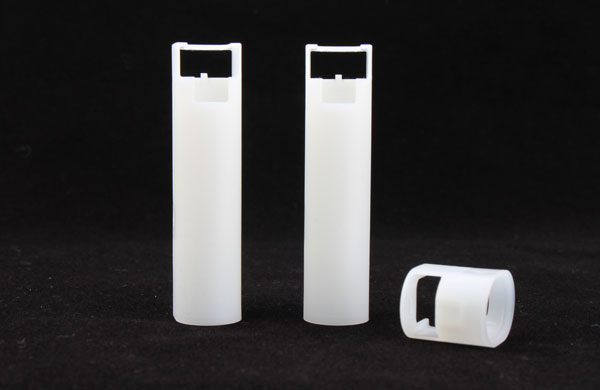
Design Optimization: The Core Driving Force for Lightweighting
Design optimization is the core link in achieving the lightweighting of medical consumables. It is like a precise surgical scalpel that can minimize unnecessary weight while ensuring product performance.
Topology optimization technology is currently at the forefront of the design optimization field. It uses advanced computer simulation software and is based on the principles of finite element analysis to accurately calculate the optimal distribution of materials in the structure of medical consumables. By simulating various complex loading conditions, topology optimization technology can minimize material usage while meeting the requirements for strength and stiffness. Taking a foreign medical consumable design case as an example, after applying topology optimization technology, the overall weight of the product was reduced by 15% while maintaining the structural integrity and working performance. This data fully demonstrates the great potential of topology optimization technology in the lightweight design of medical consumables.
During the design process, integrated functions are also of great importance. Integrating multiple functional components into a single unit can not only reduce the number of parts, lower assembly difficulty and costs, but also further achieve lightweighting goals by reducing the weight of connecting components. For example, some medical consumables achieve higher reliability and stability while significantly reducing weight by integrating multiple originally scattered components into a compact whole through integrated design.
Injection Molding Process: The Key to Ensuring the Quality of Components
The injection molding process is a key link in ensuring the quality of medical consumable components, as it directly affects the performance and service life of the products.
Precision injection molding technology is the core of this process. It requires precise control of various parameters during the injection molding process, including injection pressure, speed, and temperature. According to the industry standard ISO 294 - 1:2017, precise parameter settings can ensure that the dimensional accuracy of the parts reaches within ±0.1 mm and the surface roughness is below Ra0.8 μm. Such high precision can not only greatly reduce subsequent processing procedures and improve production efficiency but also ensure product consistency and stability.
Multi-component injection molding technology provides an efficient solution for manufacturing complex parts. It can perfectly combine different materials in a single operation to form components with multiple functions. In the manufacturing of medical consumables, multi-component injection molding technology plays an important role. For example, by combining a wear-resistant outer layer material with a shock-absorbing inner layer material, it can not only improve the wear resistance of the product but also enhance the protection of internal electronic devices, meeting the performance requirements of medical consumables in different usage environments.
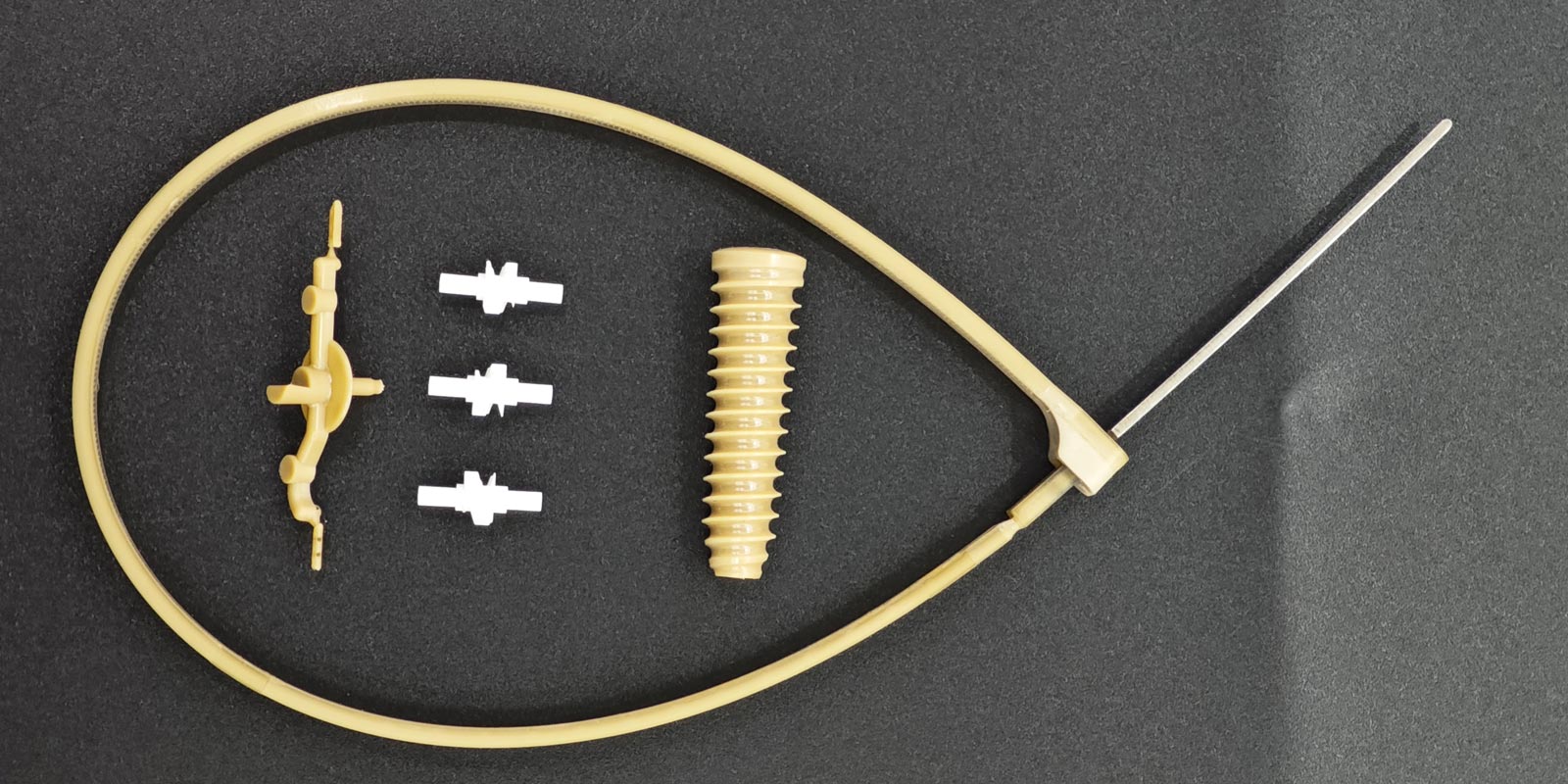
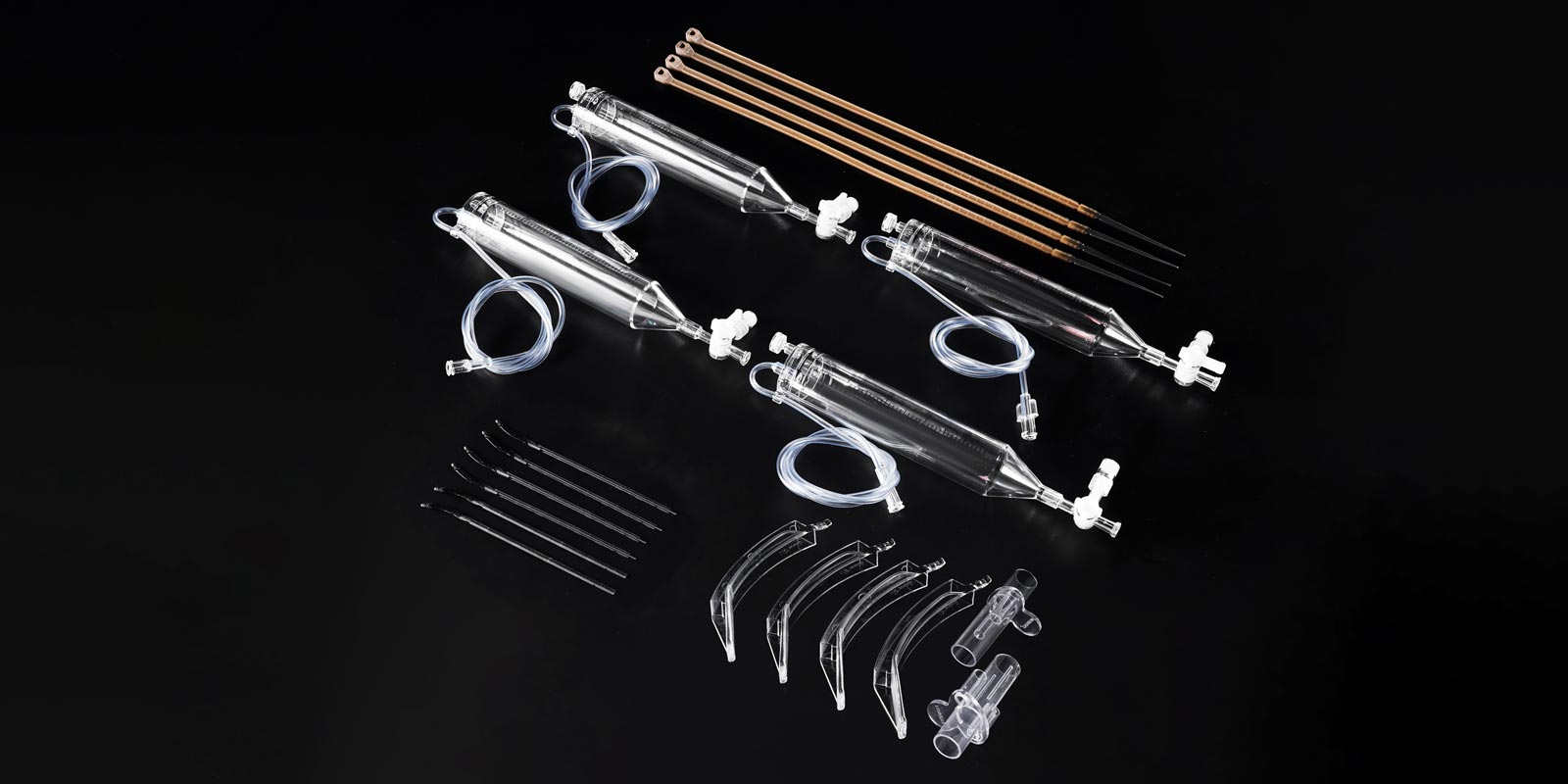

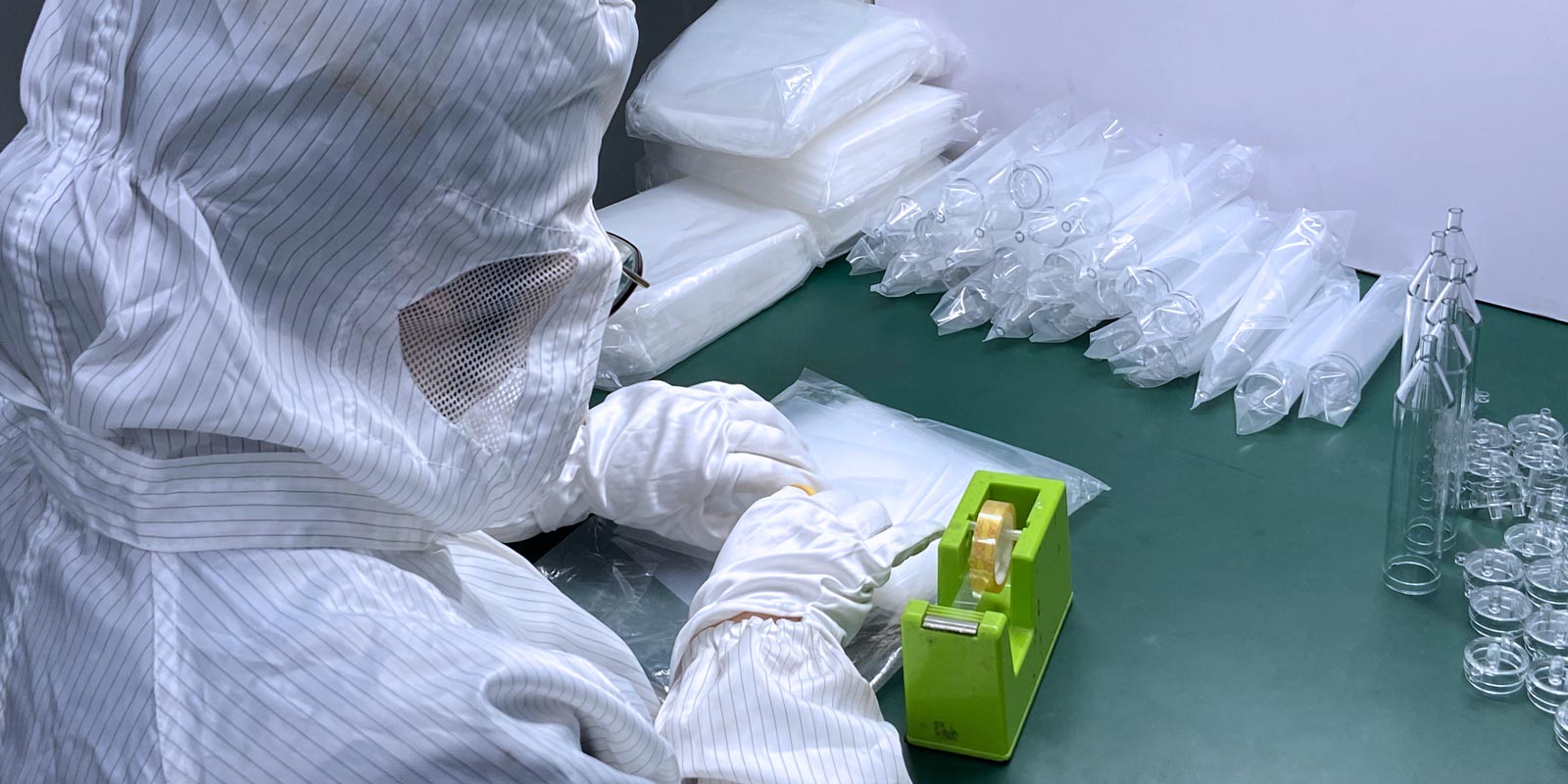

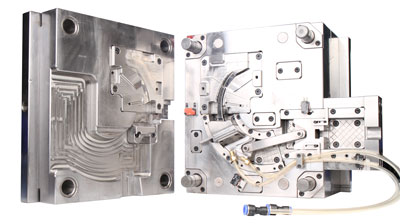
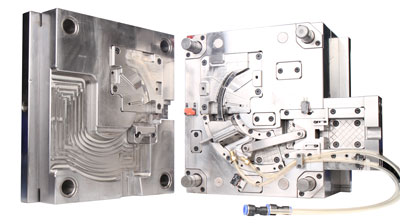
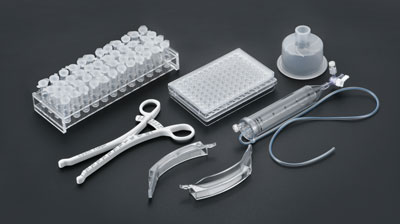
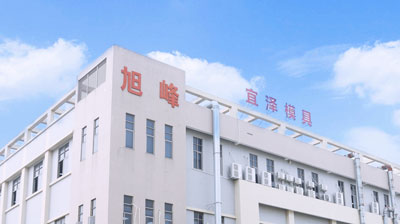







 Home
Home
